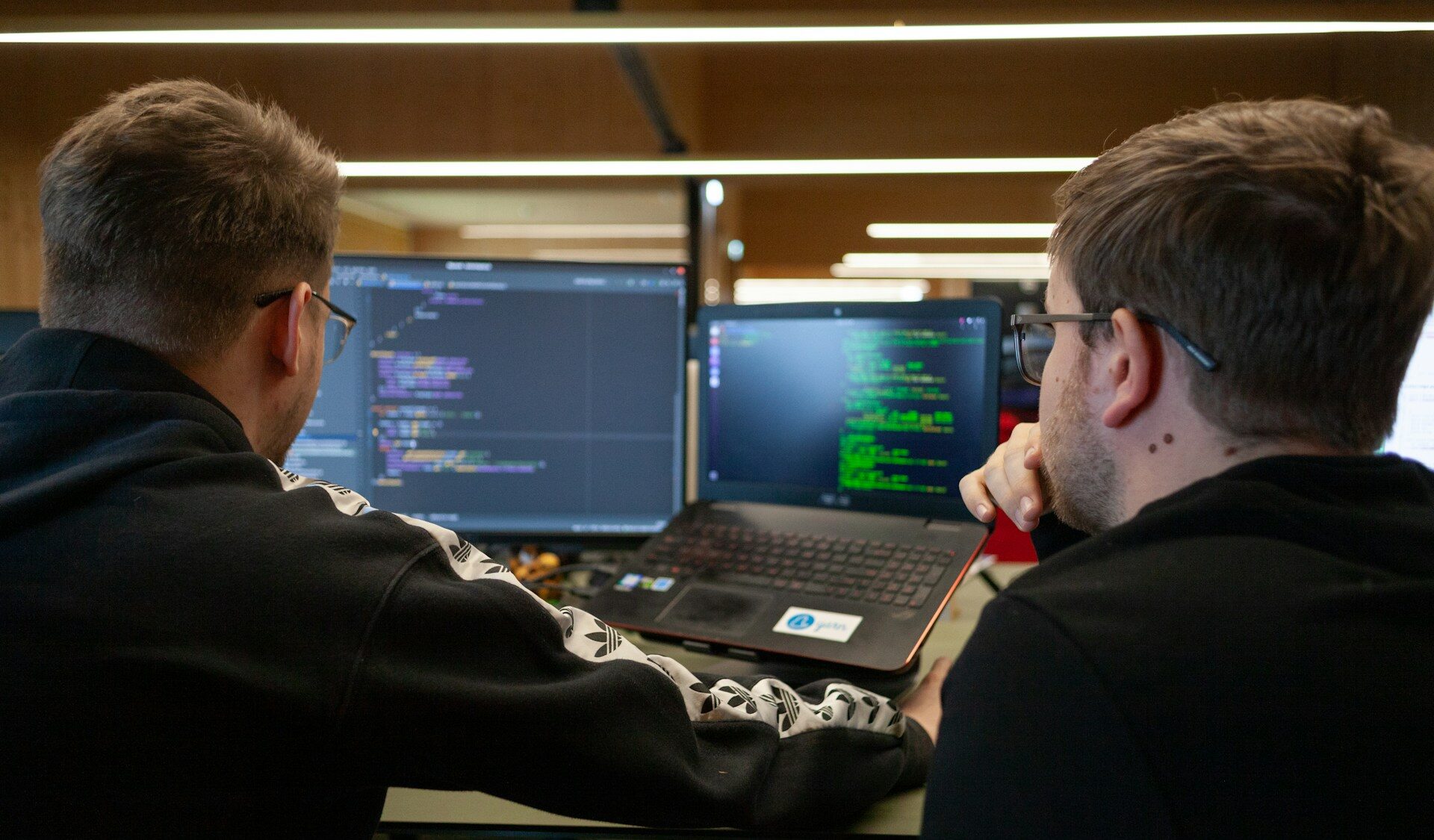
Learn to work effectively with texts and data - from document formatting, to spreadsheet analysis.
Programming basics in practice – learn to write, debug, and effectively structure code to solve real-world problems.
Introduction to programming options and techniques, types of programming languages.
Programming language basics (syntax and semantics), data types.
Reading data from the keyboard, output to a display device, strings, mathematical functions.
Working with text strings, possibilities of using mathematical functions.
Conditional statements, logical operators, methods (functions and procedures).
Cycles, their types and practical examples of use.
Principles of working with an array and practical examples of its use, debugging a program.
Parameters, their functions and use within methods.
Working with a file, input and output to a file, file types and their differences.
Principles and use of a record or its alternatives, with respect to the programming language used.
Didactic principles of teaching selected thematic units of educational areas including programming.
The aim of the course is to introduce students to the issues of programming in a procedural language, and to familiarize them with the theoretical and practical aspects of the elementary foundations of programming, with special regard to education.
The student should be able to identify basic problems associated with algorithmic complexity, and use basic algorithmic constructions. The student is expected to be able to choose a suitable environment for the development of algorithmic thinking, according to the purpose of use, apply various methods of algorithmization, and use knowledge from graph theory. The student should be able to solve examples supporting algorithmic thinking, and analyse problems from various areas, for which he/she will subsequently compile the corresponding algorithm in various forms, based on the established rules.
After completing the course, the student will be able to recognize the possibilities offered by the use of different types of programming languages, and will be able to use the chosen programming language in accordance with its syntax and semantics. He/she is able to solve tasks related to input-output operations (e.g. from the keyboard, to the screen or to a file), correctly use the structures of the programming language, including logical operators, and choose the appropriate type of cycle to solve a specific problem. He/she will also be able to debug the programme, and appropriately use methods, including working with parameters.
E-learning,
Multimedia-supported teaching,
Group consultation,
Self-study,
Lecture with student activation.
Faculty of Education
KVD/PGM1P
From 15. 6. 2025 to 31. 8. 2025
Winter semester 2025/2026
Lecture – Room KL 302
Seminar – Room KL 210
FPE Building, Klatovská třída 51, Plzeň
Wednesday 9:20 a.m. – 11:55 a.m.
17. 9. 2025 – 10. 12. 2025
Contact teaching: 26h
Seminar theses 40h
Preparation for partial test: 10h
Preparation for exam: 30h
Klatovská tř. 1736/51, Pilsen

Learn to work effectively with texts and data - from document formatting, to spreadsheet analysis.

Master the basics of programming – learn to design algorithms, write functional code, and work effectively with data and files.

Learn how to create effective online courses – from didactic structure, to working with multimedia and managing LMS systems.